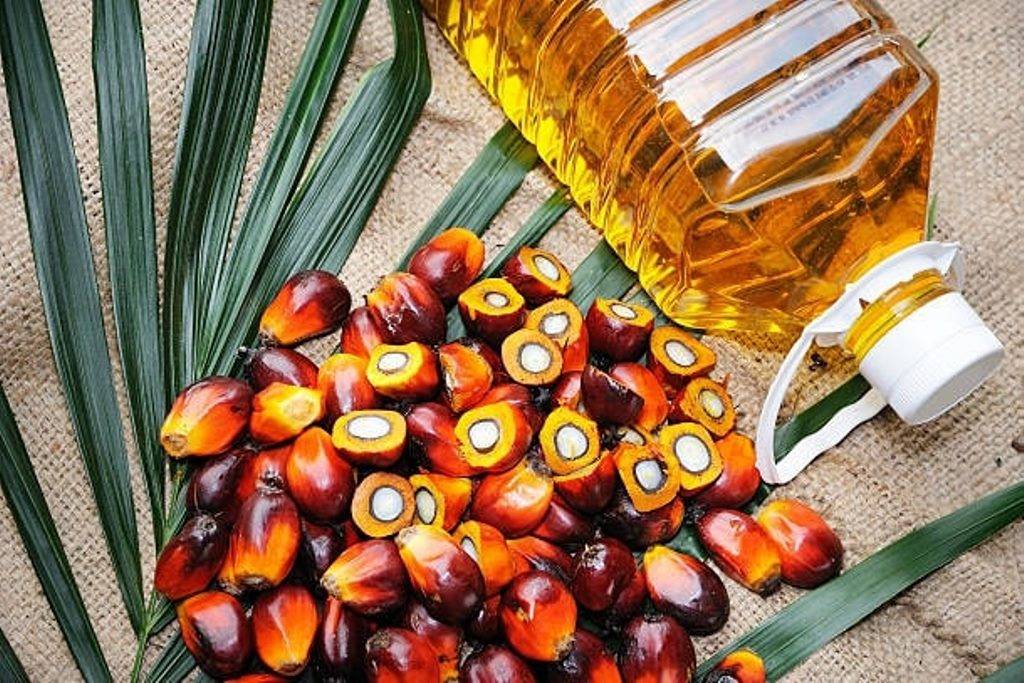
The government of Indonesia is now keen over curbing the rising domestic palm oil prices. In this regard, the Government has implemented new palm oil export requirements at the end of January 2022. Palm oil prices in the country are up more than 30 percent since early 2021.
The new Domestic Market Obligation policy requires exporters of palm oil products to sell 20 percent of their planned total export volume domestically. This obligation will be enforced by requiring exporters to submit several documents, including an Export Plan and Domestic Distribution Plan to obtain export approval. Palm oil production and assessment of its price direction is important to the economy of Indonesia as the country is the world's biggest producer and consumer of the commodity, providing about half of the world's supply.
Palm oil is used in various food and non-food products including chocolate, cookies, detergents, instant noodles, ice creams, lipsticks, margarine, packaged bread, pizza dough, shampoo, and soaps, and so on. Palm oil has a wider consumption and the global market of palm oil has been growing at a steady pace over the years in line with the vegetable oil sector.
The new policy of the Indonesian government aims to control the domestic supply of vegetable oil and their prices. Indonesia’s marketing years to date exports are lagging behind last year, and as per reports, Indonesian palm oil imports were reduced in the following markets: India, by 700,000 metric tons; China, by 400,000 metric tons; and the European Union by 450,000 metric tons.
Palm oil has the biggest market in the Asia-Pacific region, accounting for nearly 50% of total global revenues. The Asia-Pacific or Asia Pacific is the part of the world in or near the Western Pacific Ocean. It generally includes countries of East Asia, South Asia, Southeast Asia, Australia and New Zealand. There are various factors supporting the market growth in this region such as rapidly growing population and the corresponding growth in demand for food commodities.
Factors like improvement in the retailing network, changing dietary habits, rapid urbanization have also contributed to improvement in palm oil demand in the Asia-Pacific Region.
















